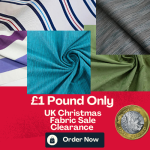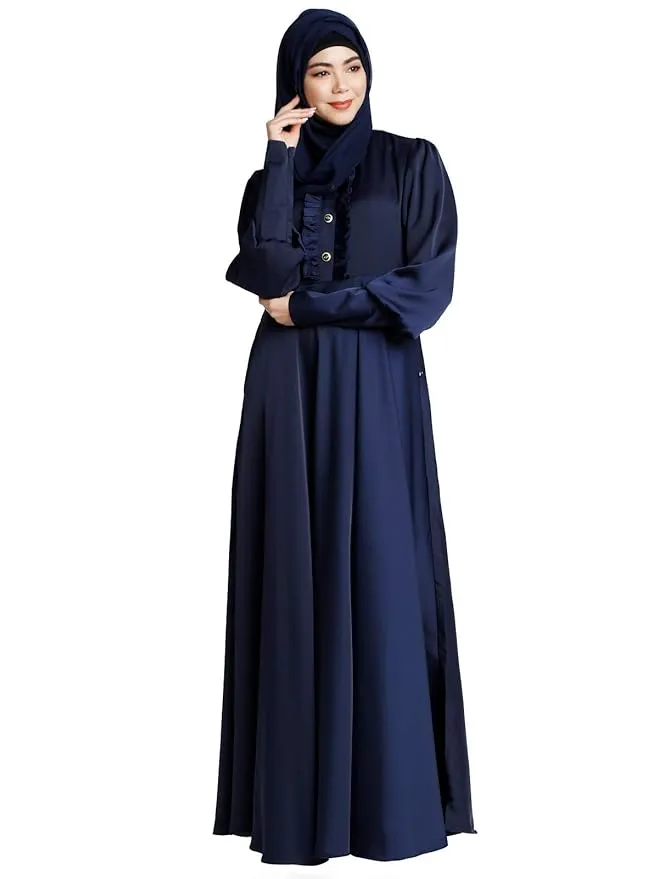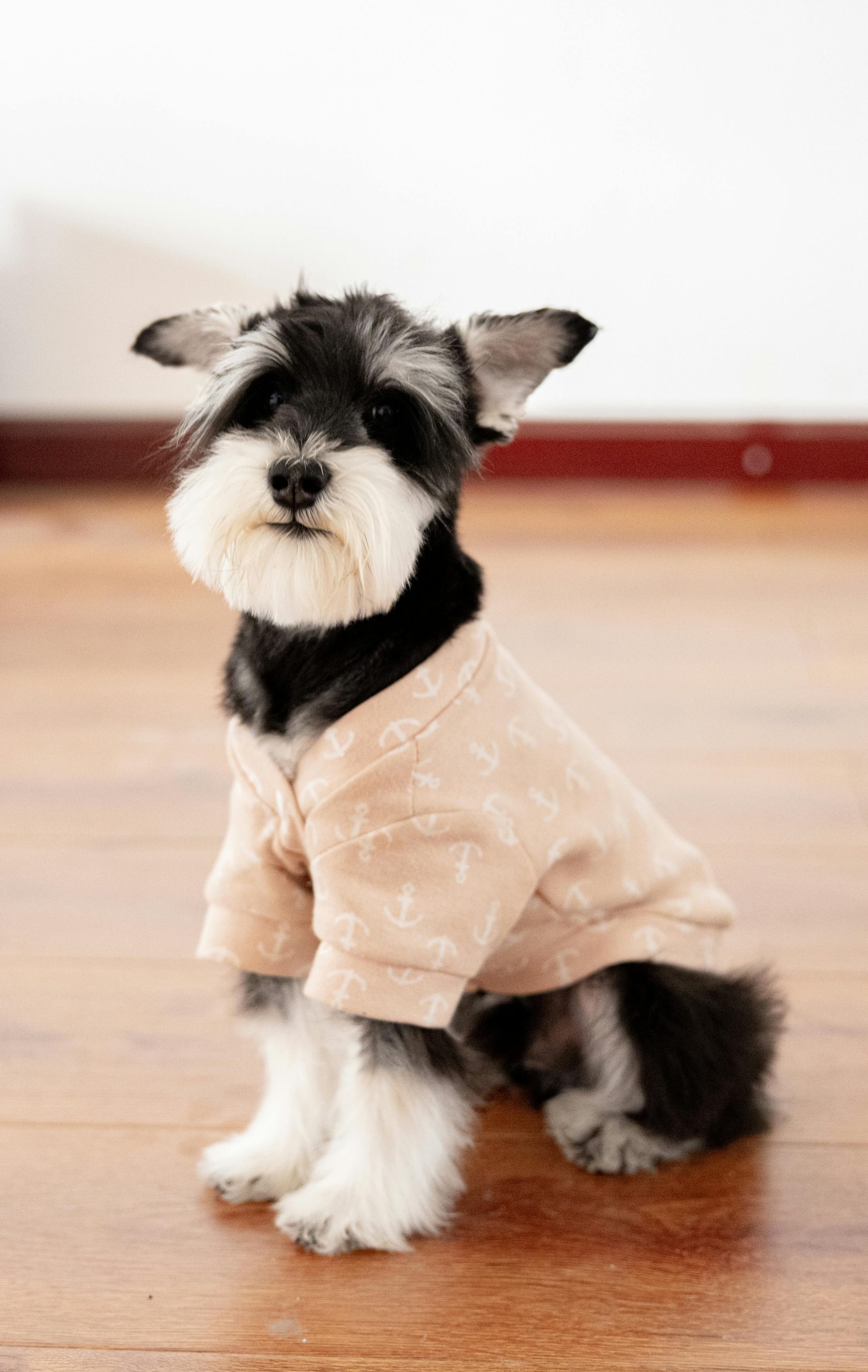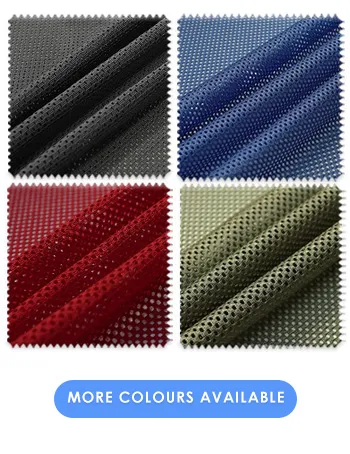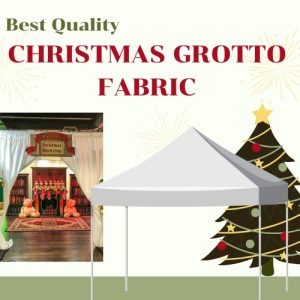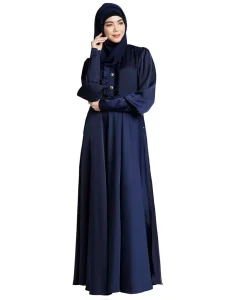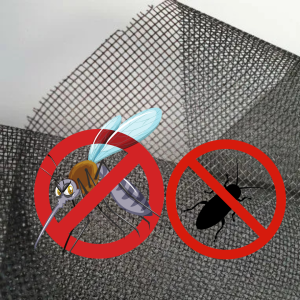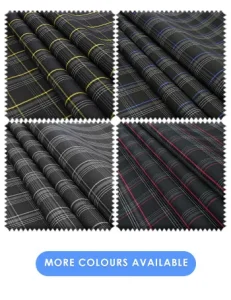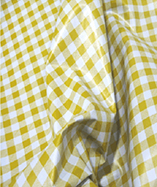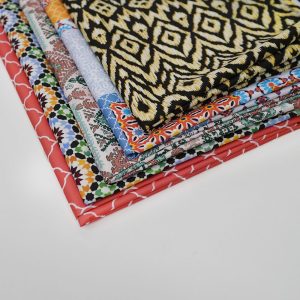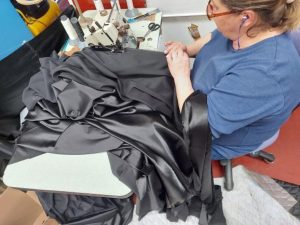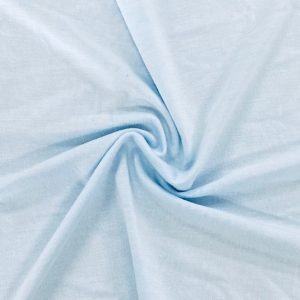Testing Different Types of Water Resistant Fabrics
In the video below I will be testing a range of water resistant fabrics that we stock here at Fabric UK. I will be doing this by placing a fabric sample over a clear glass jar, securing it with an elastic band and pouring the same amount of water on the surface of each fabric sample. If no water collects in the jar, then it is clear that the fabric has a level of water resistance. Note that this test only demonstrates a low level of water resistance. With an increase of pressure, some of the fabrics would prove to be more water resistant than others, meaning that they can withstand a higher water pressure before the water penetrates the fabric.
The difference between waterproof and water repellence
A fabric may be called two different things. Waterproof or water repellent. Waterproof means that no water can pass through the fabric, or if we’re talking about a constructed garment, then no water should be able to pass from the outside to the inside of the garment. For an item of clothing to be water proof, it’s usually made from a fabric with some sort of coating such as polyurethane or silicone, or it may be a laminated material. For clothing to be water proof, seams also must be taped to prevent water from being able to go through the holes in the stitching. On the other hand, water repellent fabrics will repel the penetration of moisture, meaning they are water resistant but only to a degree. Water easily runs off the fabric surface, yet some water would pass through the fabric under prolonged rainfall or when more pressure is applied such as pressing on the fabric, sitting or kneeling or as already mentioned, water can go through the stitching areas.

Non- waterproof fabric: Cotton Lawn: KBT 5554
Cotton lawn is an example of a non-water resistant material and water will pass through it very easily. This particular cotton lawn is lightweight with a very supple, silky feel and is used for summer dresses and blouses.
Polyurethane coated fabric: KBT 7590
The highest quality performance fabric coating is silicone polymer, yet it is not so common because of its costly manufacture. Fabric UK stock many polyurethane (PU) fabrics which is the next best coating and is of a mid-range value. PU is a combination of some of the most versatile family of polymers which means that a wide range of Polyurethane fabrics can be manufactured in different thicknesses and forms depending on what their end use will be. Quality coated fabrics need a quality fabric base too, with polyester and nylon being common fibres because of their easy care, strength and resistance to oils and chemicals. Although most coated fabrics only have one side coated, it is possible to layer both sides. Fabrics are coated to give them further properties so they are able to withstand their end use. The material’s overall properties will be a combination of the coating and the fabric’s properties.
Fabric UK stock many polyurethane (PU) fabrics. PU is a combination of some of the most versatile family of polymers which means that a wide range of Polyurethane fabrics can be manufactured in different thicknesses and forms depending on what their end use will be. Quality coated fabrics need a quality fabric base too, with polyester and nylon being common fibres because of their easy care, strength and resistance to oils and chemicals. Although most coated fabrics only have one side coated, it is possible to layer both sides. Fabrics are coated to give them further properties so they are able to withstand their end use. The material’s overall properties will be a combination of the coating and the fabric properties.

Quilted fabric: KBT 5655
This fabric consists of a 2oz nonwoven batting which is quilted to a water resistant fabric. The wadding provides a level of thermal insulation whilst the outer fabric provides some water resistance. Nevertheless, you can clearly see the water drops leaking through the stitching which makes the entire fabric construction not waterproof. With a larger surface area such as a jacket, there would be more stitch points for the water to penetrate. However, the outer fabric has had a water resistant finish applied to it so water will not pass through unstitched areas.
Neoprene: KBT 6984
The outer and inner fabric surface of our neoprene consists of a polyester and spandex blend with SBR foam sandwiched in between. We stock neoprene in a range of colours such as cream, olive, navy and red. It is a spongy type of fabric used for wetsuits, ipad cases and is now very fashionable for colour blocked swimwear. As a performance fabric used for water sports, it’s not only water resistant but is a good insulator too because the foam inside neoprene can contain up to 98% still air, giving it a good insulation to weight ratio.
PVC: KBT 2768
PVC (polyvinyl chloride) can be manufactured into different types and thicknesses for a range of uses such as for piping, cable insulation, tents and pencil cases. Our heavy duty PVC is made up of coated polyester threads suitable for truck covers, bouncy castles and other outdoor uses which requires a flexible plastic that is water resistant. PVC is flexible, cheap to produce and is also thermoplastic so it is easy to mould under high heat.
Awning fabric: KBT 3409
Awning fabric is used to shade and protect windows from the sun, rain and other harsh weather conditions. Our awning fabric comes in over 50 colours and is a very sturdy material made from solution dyed acrylic fibres. Solution dyed acrylic fibres is a very high performing fibre used for all types of outdoor materials and the costly price due to the finishing processes is made up for in its high quality weather performance. The awning fabric we stock proves to be water resistant which is aided by being a tightly woven, thick fabric made from synthetic fibres. This fabric will make it difficult for moisture to pass through the inter-yarn spaces and through the fibres as moisture cannot pass through synthetic fibres.
Waxed cotton: KBT 2423
The fabric shown in this video is an antique waxed cotton but you can also find a lighter weight waxed cotton and nylon blend on our Fabric UK website. Waxed cotton will resist water and keep you dry in rain showers, if anything only a small amount of water may get through. However it will not be fully waterproof in a heavy downpour although is still often chosen for its water resistant capability and desirable aesthetics. A disadvantage of waxed fabric is that the wax will wear away over time but the wax can be reapplied every year or couple of years depending on how often the garment is used. Interestingly cotton is actually the most commonly used fibre for waxed fabrics even though synthetic fibres are usually associated with water resistant fabrics.
Fabric UK is your destination for all types of fabric. Whether you’re searching for fabric samples or purchasing by the meter, we make it easy to find exactly what you need.
You can order: Samples, Wholesale, Fabric by the meter
Fill Form for Free fabric samplesSimply visit our website at fabricuk.com or call us directly at 0121 359 2349 for any questions or inquiries.
Visit Our Fabric Showroom
Feel free to visit our fabric showroom anytime – no appointment is necessary!
KBT LTD, Carlton Business Centre, 132 Saltley Road, Birmingham, B7 4TH, United Kingdom
Email Us:
You can reach us at: info@fabricuk.com
Showroom Hours:
- Monday – Friday: 9:30 am – 6:00 pm
- Saturday: 10:00 am – 5:00 pm


